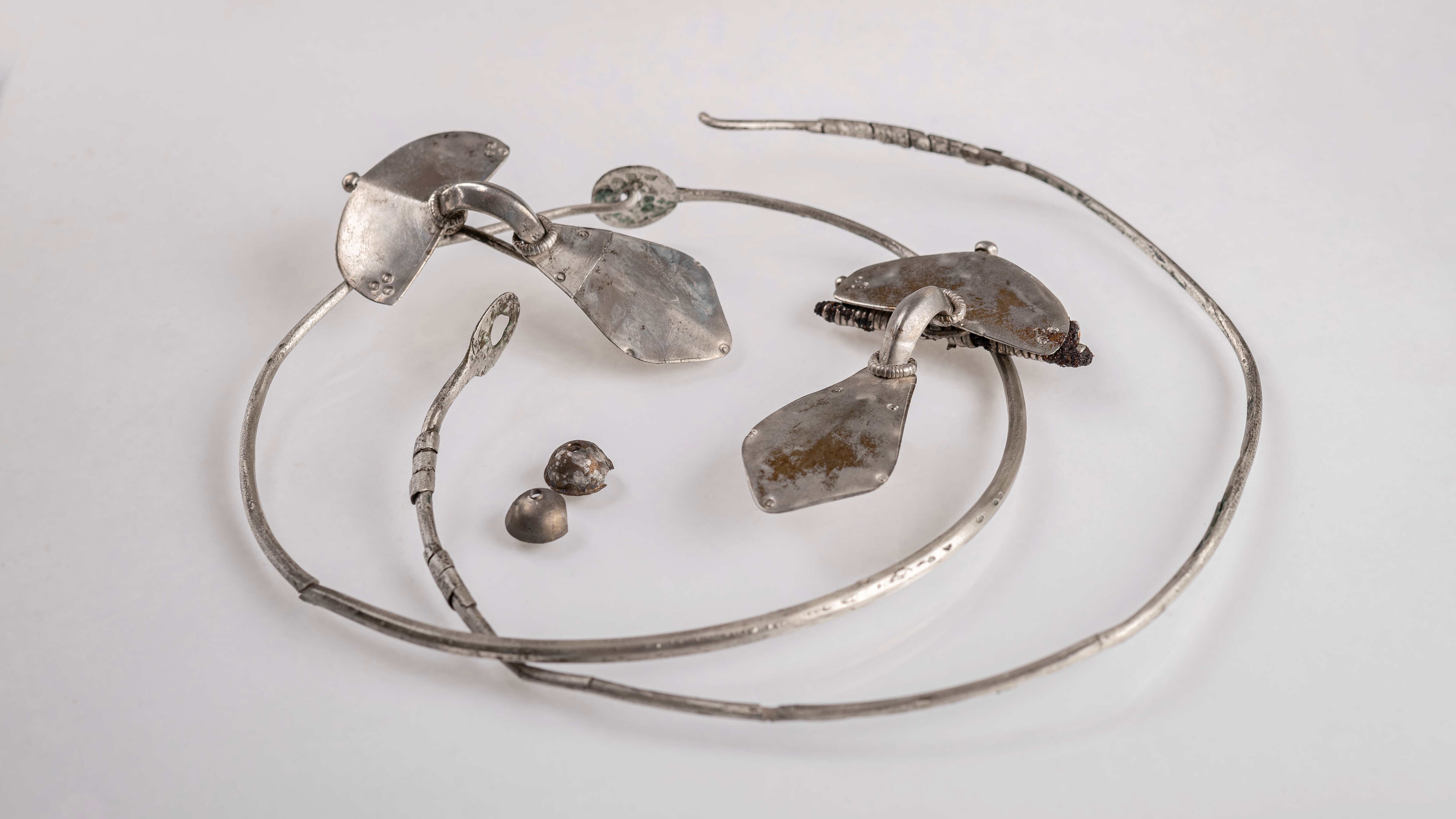
Archeologists in Poland have uncovered a vast Goth cemetery brimming with silver jewelry dating back to the fourth century.
Olaf Popkiewicz, an archaeology video content creator on YouTube, spotted the jewelry — two silver necklaces; two silver fibulae, or brooches; and beads that once belonged to a third necklace — while walking along the Wda River. He notified a team of park archeologists who excavated the site, which sits within the protected Wda landscape park in central-northern Poland.
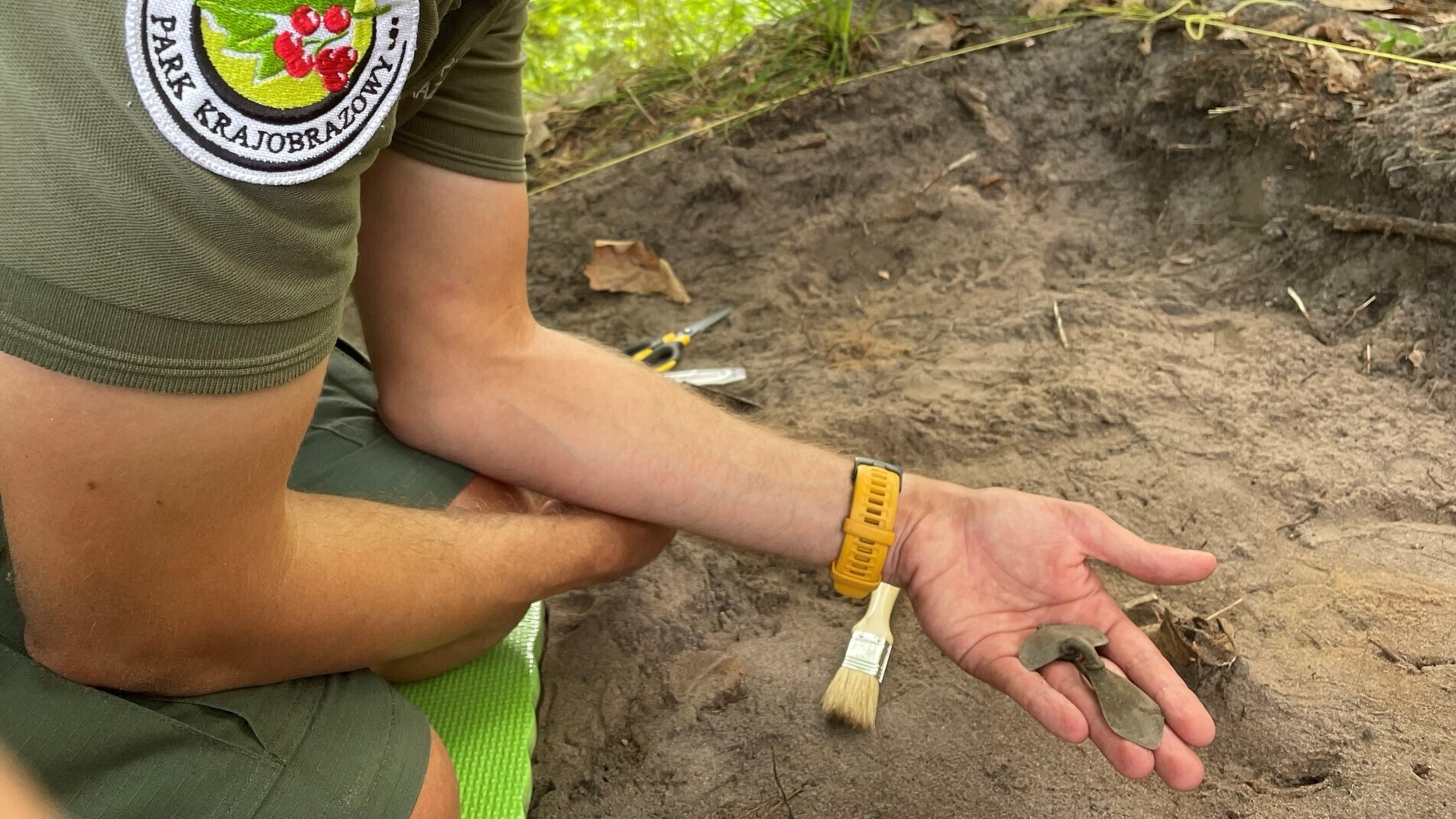
"In three weeks, we managed to explore over 250 square meters [2,700 square feet] of the cemetery and discover 50 Gothic graves," park representatives wrote in a translated Facebook post. Buried alongside the dead, archeologists found a rich collection of grave goods, including pottery, brooches, amber beads and more jewelry decorated with snake motifs.
The excavated area likely represents a fraction of the ancient burial site, which researchers believe may span more than 2.5 acres (1 hectare). "This is probably only the beginning of our adventure," the post said.
Related: 'Very, very rare' gold and silver medieval treasure unearthed in the Netherlands
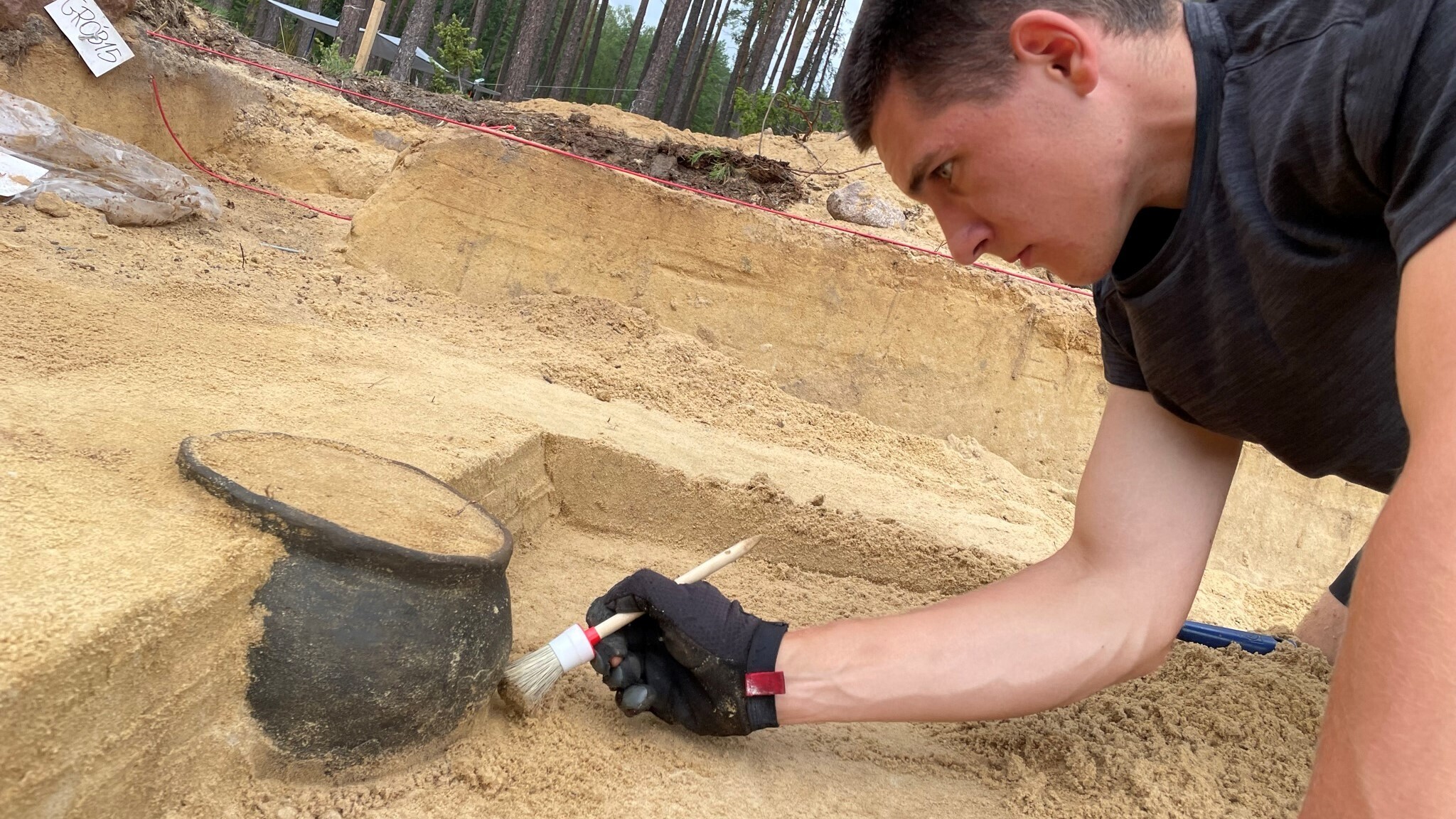
The Goths were a Germanic tribal people who, according to some accounts, migrated from Scandinavia and settled across Europe in the first century A.D. These "barbarians" famously sacked Rome in A.D. 410 and later split into two kingdoms: the Visigoths, who flourished in Iberia and southwest Gaul (modern-day France); and the Ostrogoths, who dominated in Italy. These kingdoms were relatively short-lived, however, and the last Goths fell to the Moors in A.D. 711.
Gothic tribes inhabited northern Poland between the first and fifth centuries, during their southward migration from Scandinavia to the Roman Empire. More than 2,000 Goth burials have previously been unearthed in the region near the village of Wielbark, which revealed an early Goth culture that stretched from the southern coast of the Baltic Sea to what is now western Ukraine.
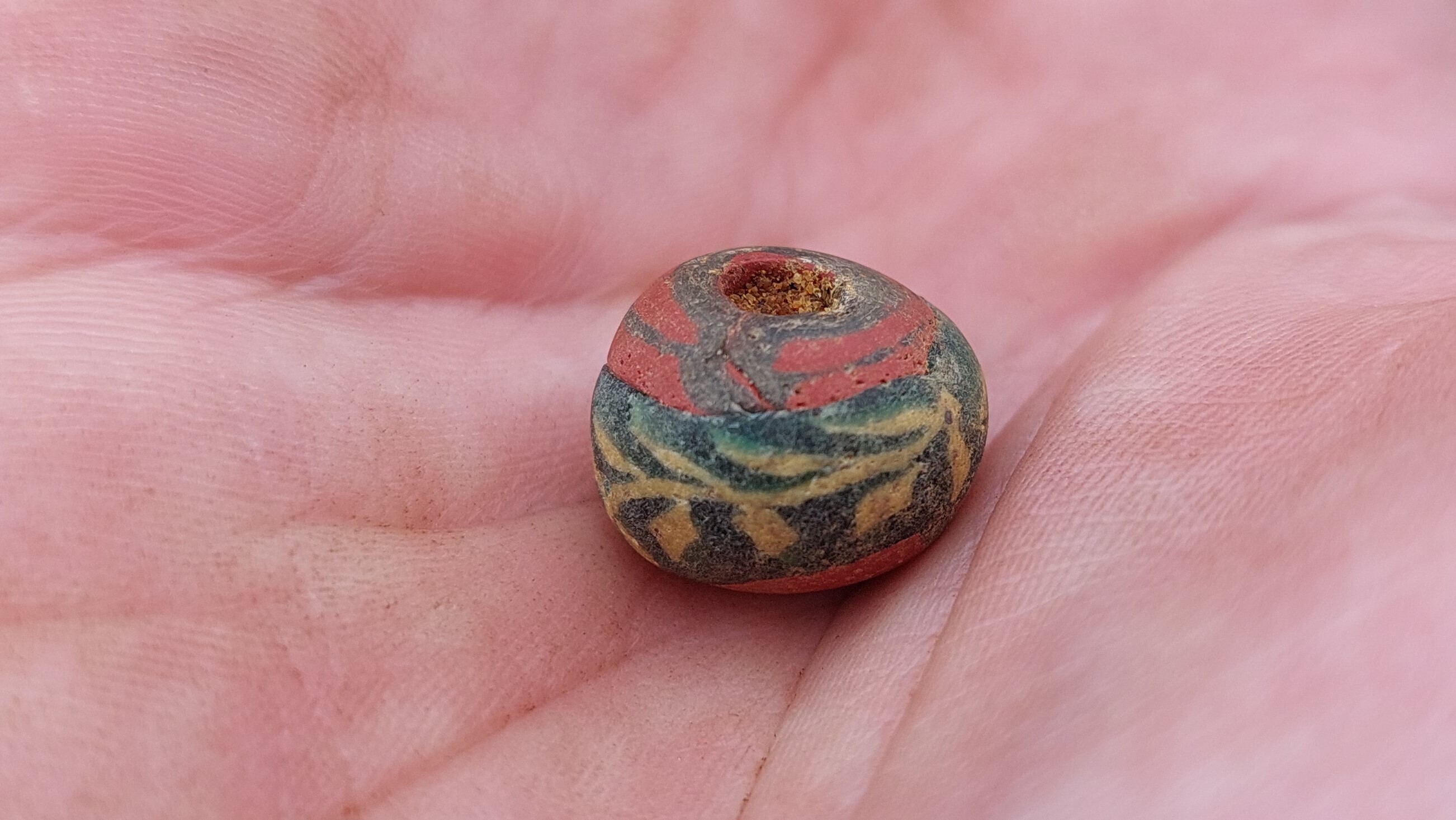
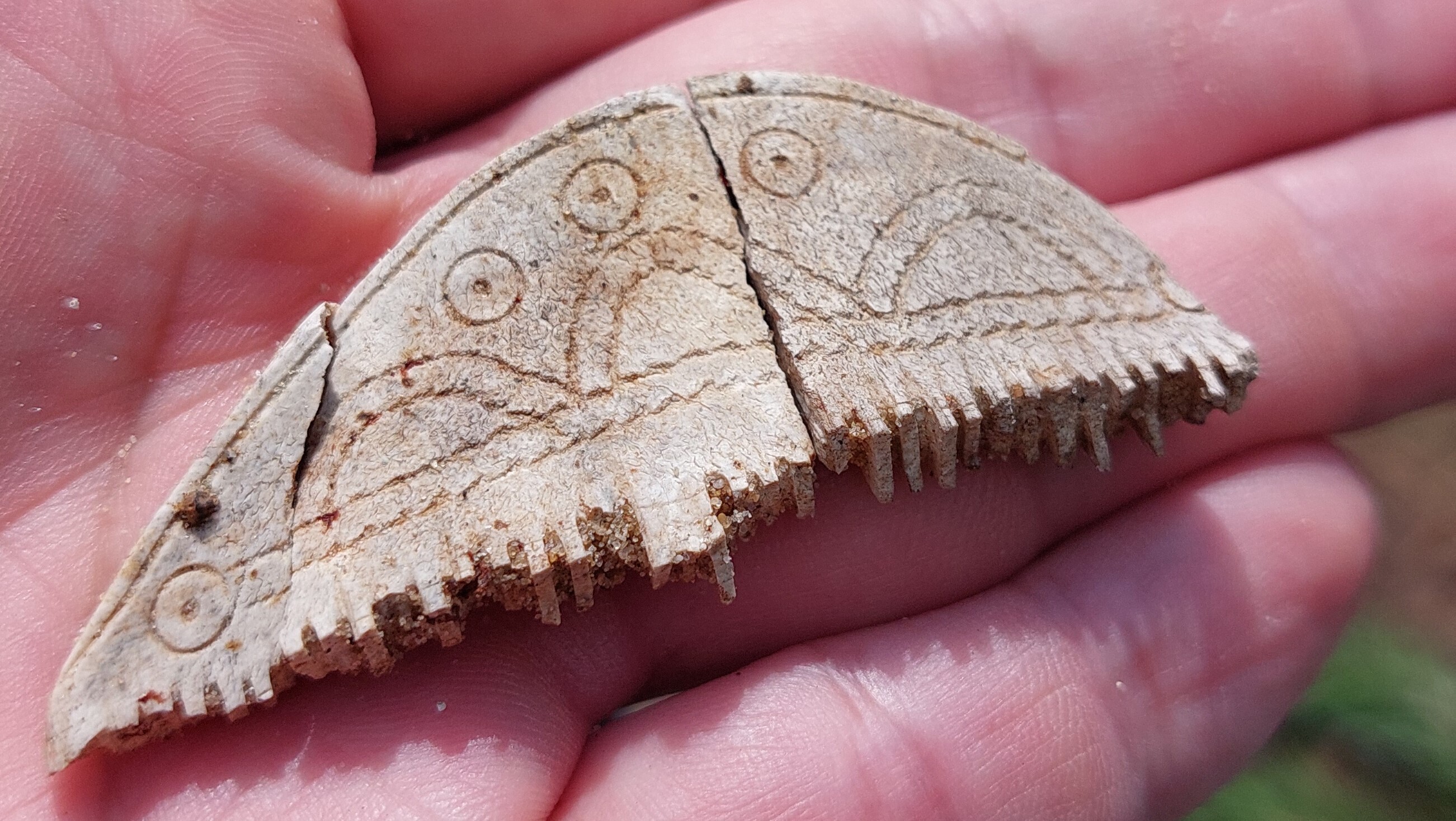
The newly excavated site revealed both buried remains in pit graves and cremations in urn burials. When researchers analyzed urns discovered near Wielbark in 2019, they found that some of them had been crafted specifically for cremation as they could not retain liquid, making them useless for everyday purposes such as cooking.
Goths living in what is now Poland during Roman times were talented gold- and silversmiths, according to Magdalena Natuniewicz-Sekuła, a researcher at the Institute of Archeology and Ethnology of the Polish Academy of Sciences in Warsaw who was not involved with the new find.
In 2020, archeologists discovered a Goth burial ground in the village of Weklice, also in northern Poland, holding hundreds of silver ornaments that "were made of a very high-quality metal, the fineness of which even exceeded the composition of currently produced jewelry," Natuniewicz-Sekuła told the news website Science in Poland. The quality of the jewelry — including bracelets, clasps and outfit decorations — was as high as ornaments from the Roman Empire, she added.
Archeologists hope to excavate the rest of the Goth cemetery discovered at Wda landscape park before it degrades. "Unfortunately, the conditions of a large part of the cemetery means that urgent excavations are needed to help save and preserve the site," park representatives wrote on Facebook.







